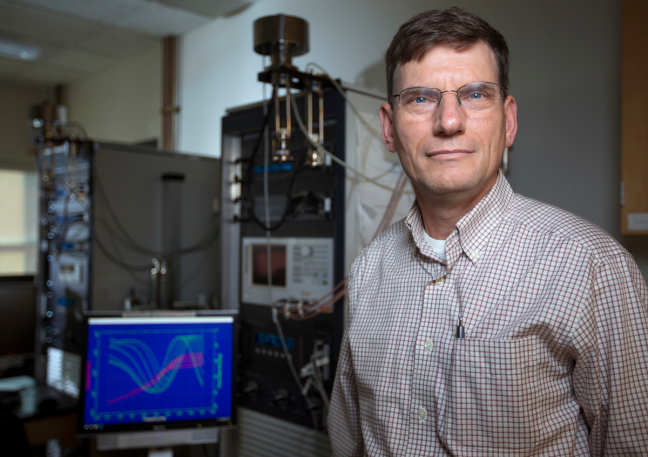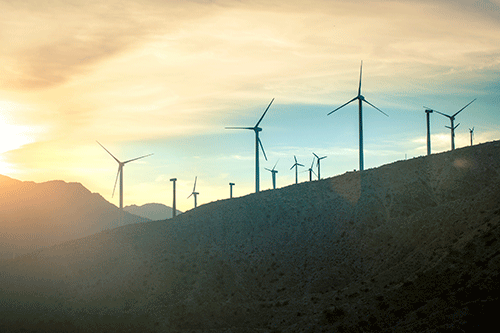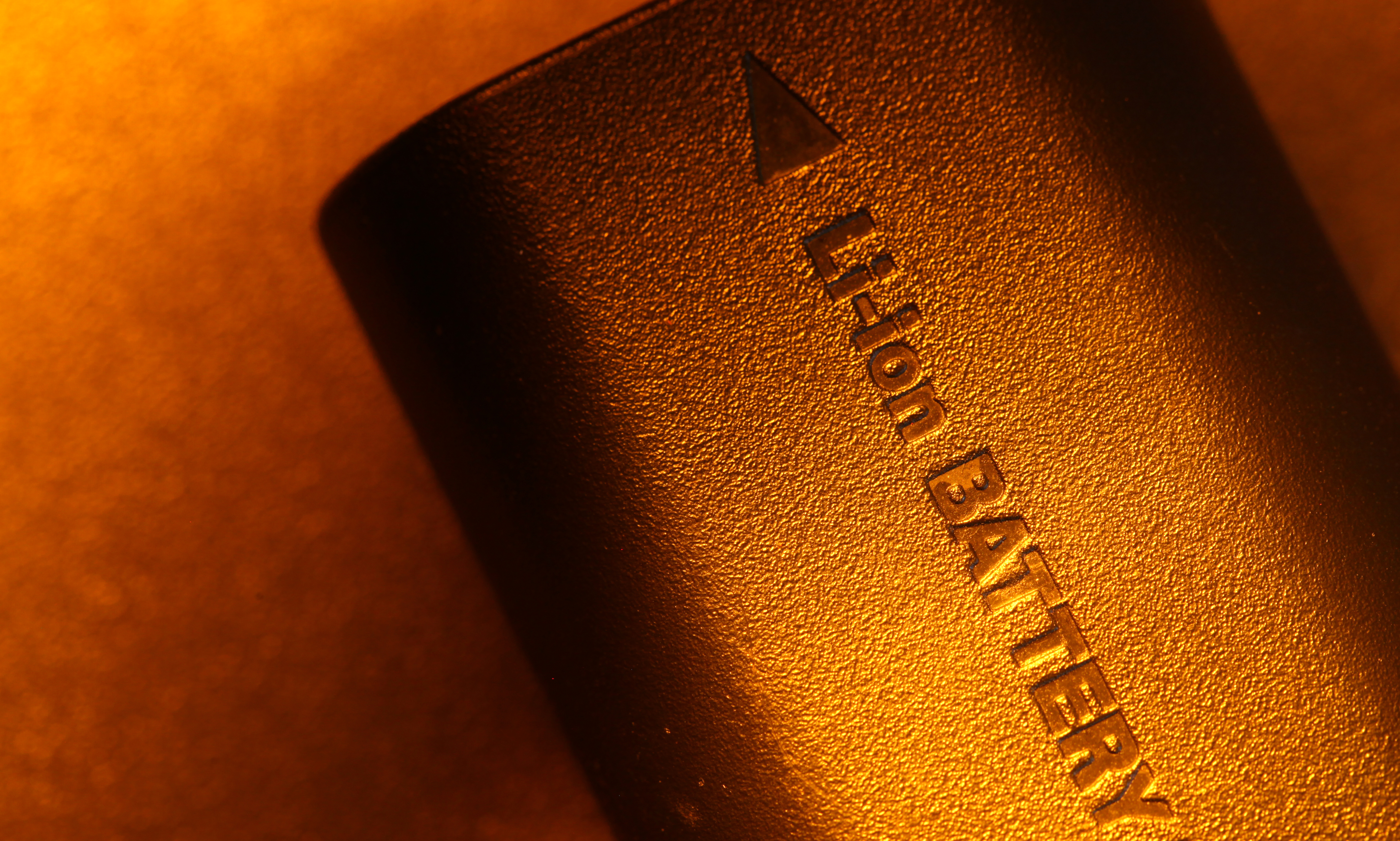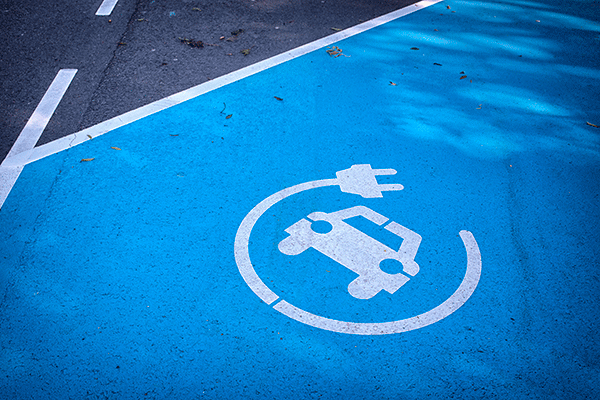By: Blair Trewin, World Meteorological Organization

Global temperature anomalies (difference from 1961-90 average) for 1950 to 2016, showing strong El Niño and La Niña years, and years when climate was affected by volcanoes. (Click to enlarge.)
Image: World Meteorological Organization
2016 is set to be the world’s hottest year on record. According to the World Meteorological Organization’s preliminary statement on the global climate for 2016, global temperatures for January to September were 0.88°C above the long-term (1961-90) average, 0.11°C above the record set last year, and about 1.2°C above pre-industrial levels.
While the year is not yet over, the final weeks of 2016 would need to be the coldest of the 21st century for 2016’s final number to drop below last year’s.
Record-setting temperatures in 2016 came as no real surprise. Global temperatures continue to rise at a rate of 0.10-0.15°C per decade, and over the five years from 2011 to 2015 they averaged 0.59°C above the 1961-1990 average.
Giving temperatures a further boost this year was the very strong El Niño event of 2015−16. As we saw in 1998, global temperatures in years where the year starts with a strong El Niño are typically 0.1-0.2°C warmer than the years either side of them, and 2016 is following the same script.
Almost everywhere was warm
Warmth covered almost the entire world in 2016, but was most significant in high latitudes of the Northern Hemisphere. Some parts of the Russian Arctic have been a remarkable 6-7°C above average for the year, while Alaska is having its warmest year on record by more than a degree.
Almost the whole Northern Hemisphere north of the tropics has been at least 1°C above average. North America and Asia are both having their warmest year on record, with Africa, Europe and Oceania close to record levels. The only significant land areas which are having a cooler-than-normal year are northern and central Argentina, and parts of southern Western Australia.


 Twenty-sixteen marked the 25th anniversary of the commercialization of the lithium-ion battery. Since Sony’s move to commercialize the technology in 1991, the clunky electronics that were made possible by the development of the transistor have become sleek, portable devices that play an integral role in our daily lives – thanks in large part to the Li-ion battery.
Twenty-sixteen marked the 25th anniversary of the commercialization of the lithium-ion battery. Since Sony’s move to commercialize the technology in 1991, the clunky electronics that were made possible by the development of the transistor have become sleek, portable devices that play an integral role in our daily lives – thanks in large part to the Li-ion battery. For the third year in a row, global carbon dioxide emissions from fossil fuels and industry have barely grown, while the global economy has continued to grow strongly. This level of decoupling of carbon emissions from global economic growth is unprecedented.
For the third year in a row, global carbon dioxide emissions from fossil fuels and industry have barely grown, while the global economy has continued to grow strongly. This level of decoupling of carbon emissions from global economic growth is unprecedented.
 Renewable energy efforts around the world have grown exponentially over the past few years. Countries such as Japan have developed the world’s largest
Renewable energy efforts around the world have grown exponentially over the past few years. Countries such as Japan have developed the world’s largest  President…Donald…Trump. For those on both sides of the aisle who vowed “Never Trump!,” that’s going to take some getting used to. On this morning after a stunning election, the first impulse may be to describe the future in apocalyptic phrases. Game over for the climate! Game over for NATO! Game over for the Clean Power Plan! Game over for Planned Parenthood!
President…Donald…Trump. For those on both sides of the aisle who vowed “Never Trump!,” that’s going to take some getting used to. On this morning after a stunning election, the first impulse may be to describe the future in apocalyptic phrases. Game over for the climate! Game over for NATO! Game over for the Clean Power Plan! Game over for Planned Parenthood!
 In 2005, the number of electric vehicles on the road could be measured in the hundreds. Over the years, researchers have made technological leaps in the field of EVs. Now, we’ve exceeded a global threshold of
In 2005, the number of electric vehicles on the road could be measured in the hundreds. Over the years, researchers have made technological leaps in the field of EVs. Now, we’ve exceeded a global threshold of